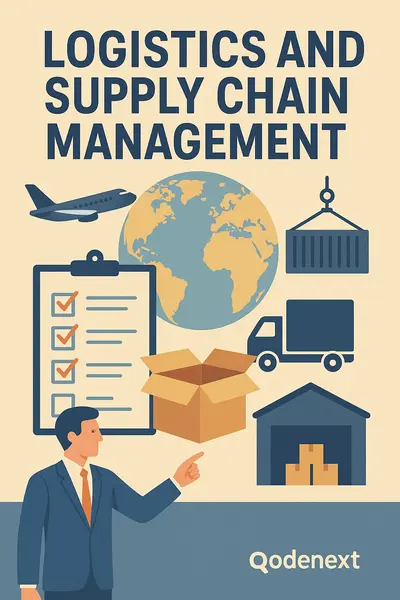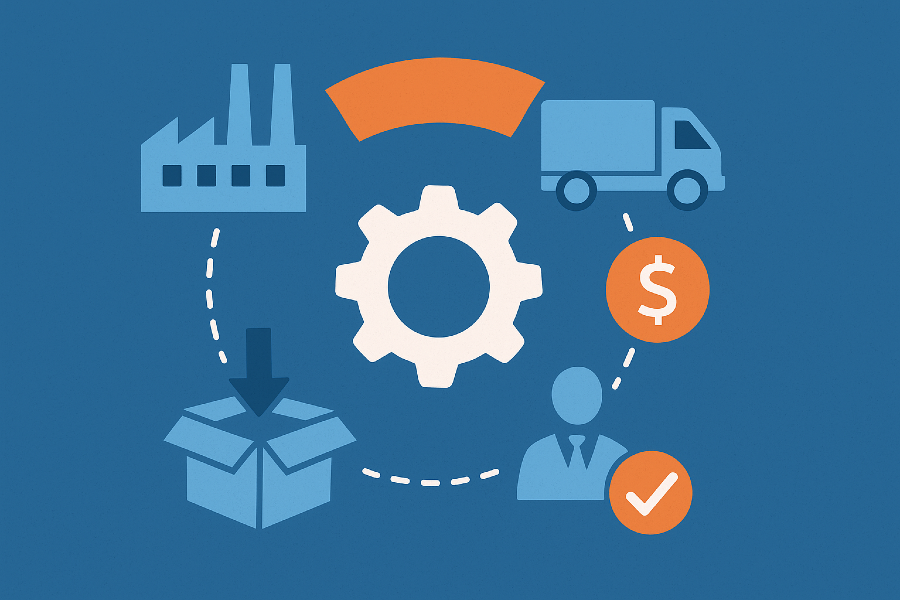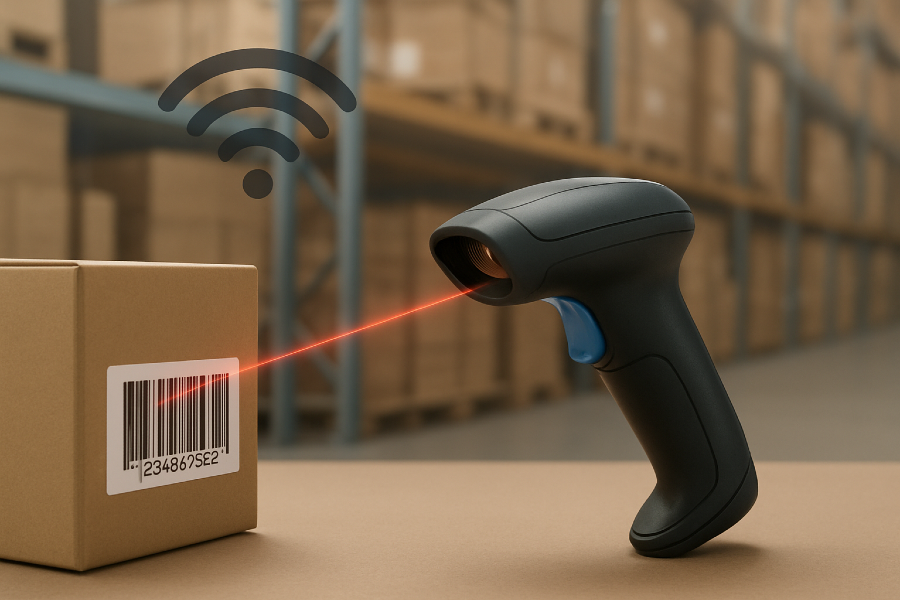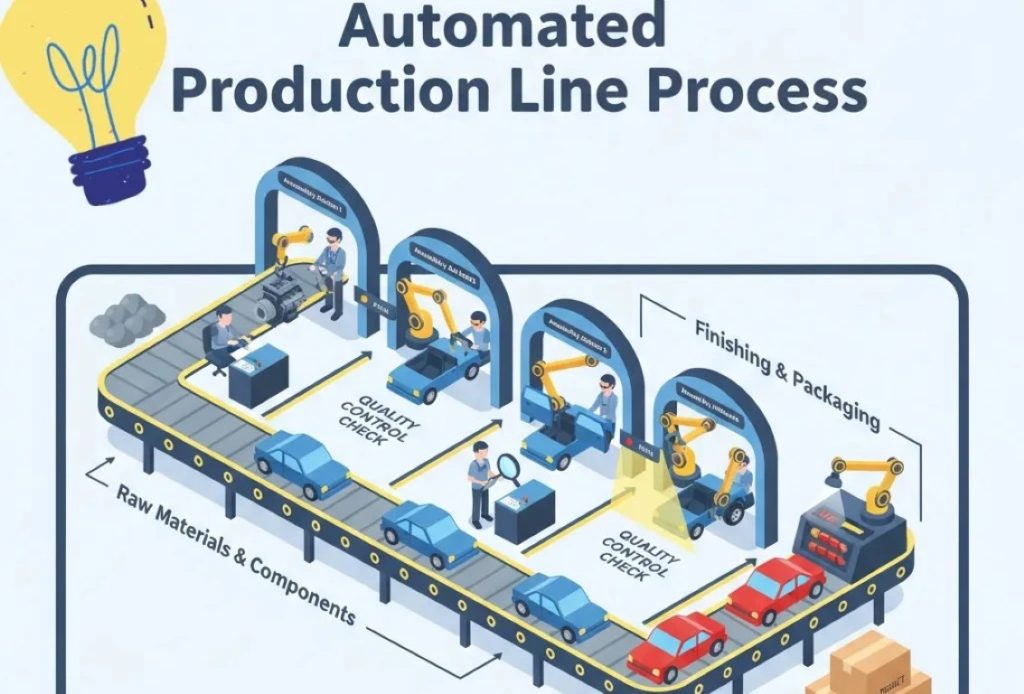
Thanks to modern innovations! The automotive industry has made excellent strides in this ultra-modern and tech-driven environment. Telematics is a noteworthy invention inside the trucking and transportation industries that has completely changed how motors were first used and maintained.
With the revolution of cars, simple transportation has rapidly developed into fully integrated technology, also known as “smart cars” or “connected cars.” As a result, telematics systems were introduced that store and analyze data from sensors and help you track and monitor your vehicles and assets.
Together with fleet management software, they help you make well-informed decisions that boost your business’ productivity. Ready to explore more about telematics, its benefits, and drawbacks? Join us! As we take you deeper into this field.
What is Telematics?
The combination of informatics and telecommunications gave rise to telematics, especially in the automobile industry. It involves long-distance data transport which is required to enable remote control and communication. To put it simply, telematics is a technology that allows your vehicles to communicate with infrastructure, centralized systems, and other cars to provide a range of features and services.
Telematics systems or, fleet telematics, are the digital means by which automobiles and computers exchange data. It assists with monitoring your vehicles and transferring diagnostic data from them to the computers connected to them. It includes the use of sensors, onboard diagnostic codes, and GPS technology to collect and evaluate information about your real-time vehicle location, speed, fuel consumption, engine performance, driver conduct, and more.
These systems usually have three main parts:
1. Onboard Sensors: They collect information from vehicle parts like the engine, brakes, and tires.
2. GPS Receiver: This provides accurate location details.
3. Communication Module: They send data wirelessly to a central server or cloud-based platform.
Next comes the pros and cons of using telematics- sounds interesting isn’t it? Let’s delve deeper!
Advantages of Telematics
We have revealed the positive side of using telematics for you to explore. Stay tuned!
1. Better Vehicle Tracking
Telematics can help you track your vehicle to monitor its location, speed, and route in real-time and also unpowered assets or different kinds of equipment. Using GPS technology enables your enterprise to keep an eye on the whereabouts and movements of your cars; given that it allows them to track the movements, this is especially helpful if your business has a sizable fleet of cars.
2. Increased Safety
As a fleet manager, you can improve driver safety by utilizing the data on driving habits that automobile telematics systems collect. By analyzing this information, including instances of sudden acceleration or braking, you can implement training programs to help drivers become more responsible on the road. Additionally, this technology alerts you in the event of an accident, collision, or theft of your car.
3. Decreased Costs
By giving drivers performance data, telematics systems can assist a fleet in cutting down fuel expenditures. They can also spot trends related to higher mileage by examining this data. So, you can use this technology to improve routes, promote fuel-efficient driving practices, minimize fuel expenses, and lessen the environmental effects of your business.
4. Maintenance Alerts
With the help of telematics, you can get alerts for maintenance issues, such as engine load, fuel usage, coolant temperature, and others. Using this data, you can quickly fix your routine maintenance program and vehicle flaws, thus, preventing breakdowns and extending vehicle lifespan. As a fleet manager, you can make proactive management decisions and guarantee optimal vehicle efficiency.
5. Insurance Benefits
Telematics insights are being used by insurance companies to set premiums. Such a thing implies that a driver who practices safe driving and drives effectively will pay fewer taxes than one who drives carelessly and faces multiple accidents. Furthermore, insurance providers may provide savings to policyholders who take advantage of other modes of transportation, such as public transit or carpooling. Additionally, you may get discounts for safer cars.
After getting a clear idea about the pros of using telematics, let us look at the drawbacks of using it. Read On!
Disadvantages of Telematics
Here are some negative points that should also be kept in your mind while using telematics. Let’s find out.
1. Dependency on Power
To work efficiently, you are required to charge automobile GPS trackers. However, there are disadvantages to both complicated wired and battery-powered instruments. Regular charging of battery-operated devices is necessary to avoid finding yourself in a dire circumstance with no means to call for assistance. If the wires are not fixed correctly, hard-wired auto trackers might drain the battery pack, which is how they get power.
2. Complexity
Installing and maintaining telematics systems can be difficult, so you require knowledge and training. Installing a telematics system could take anywhere from one hour to a day. This is because the dashboards may need to be disassembled and rebuilt during the procedure. So, it’s always better to ask a professional or an expert to do it on your behalf.
3. Costly
Using telematics might be expensive for you, provided that you are an individual car owner or have a small company. To install these systems, you should buy some hardware and software, which can be expensive even for consumers with the necessary skills. The global navigation satellite system (GNSS) and GPS also impact price.
4. Privacy Issues
The gathering and transfer of data in telematics bring about concerns regarding data security and privacy. It makes sense that people are concerned about their movements being monitored and stored on a distant server. Before installing a GPS tracker, you should always ensure to address privacy concerns no matter who is using your vehicle, be it your spouse, child, or employee. You can do this by outlining your intentions for configuring the tracker and how you intend to use the collected data.
5. Data Overload
Too much data in your telematics system may cause difficulty in deriving relevant insights from it. Finding patterns, trends, and anomalies that may provide important information about your vehicle performance and driver behavior can be difficult with so much data to sort through, decreasing operational safety and efficiency. Furthermore, problems with data management and storage may result from an excess of data.
Additionally, the huge chance of data breaches or unauthorized access may give rise to concerns regarding data security and privacy with the data collected.
Conclusion
The widespread use of mobile devices and advanced GPS units is expected to lead to an exponential increase in telematics with the rise of new applications. An increasing number of fleets have realized that vehicle activity monitoring is essential for reducing expenses, increasing productivity, enhancing accountability, and for complete adherence to legal requirements.
So, if you want to guarantee a secure, effective, and safe driving experience, start using telematics today!
FAQs: A Guide on Telematics: Understanding its Advantages and Disadvantages
1. Do big fleets exclusively use telematics?
Fleets of all sizes, from small companies with a few cars to big corporations with hundreds of vehicles, can benefit from telematics due to its scalability.
2. How can insurance firms profit from telematics?
Insurance firms can gain from telematics by using data on driver behavior, vehicle usage, and risk variables to create customized insurance policies and rewards for safe driving.
3. How can you handle data overloading in a telematics system?
Prioritizing data, eliminating noise, efficiently displaying data, connecting data sources, and having robust data governance procedures in place are ways to handle data overload.
4. Is telematics only useful for trucks and logistics companies?
No—telematics benefits a wide range of vehicles beyond trucking, such as taxi fleets, delivery vans, buses, rental cars, company cars, and even personal vehicles. Its applications now extend to construction equipment, agricultural machinery, and more industries seeking real-time asset management.
5. What are the most common features found in modern telematics systems?
Most telematics solutions offer real-time GPS location tracking, trip history, driver behavior analysis, fuel consumption monitoring, geofencing (virtual boundaries), maintenance alerts, and sometimes theft detection or remote immobilization.
6. How can small businesses or individuals justify the investment in telematics?
Small businesses and individuals can justify telematics by focusing on benefits such as lower fuel costs, improved driving safety, reduced risk of theft, and longer vehicle lifespan. Some insurance companies also offer discounts for telematics-equipped cars, offsetting part of the initial investment.
7. Are telematics systems secure against hacking or unauthorized access?
Telematics providers use security measures like encrypted data transmission, secure access protocols, and regular software updates to protect user data. Nevertheless, it’s important to choose reputable vendors and stay informed about best practices for telematics data privacy.
8. What’s the difference between telematics and GPS tracking alone?
GPS tracking focuses on real-time location only, while telematics combines GPS with vehicle diagnostics, driver behavior, fuel consumption, maintenance data, and communication with central systems for a complete asset management solution.







